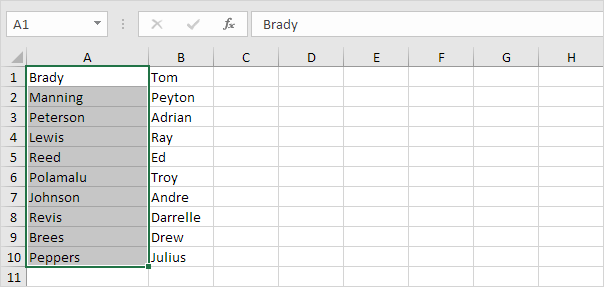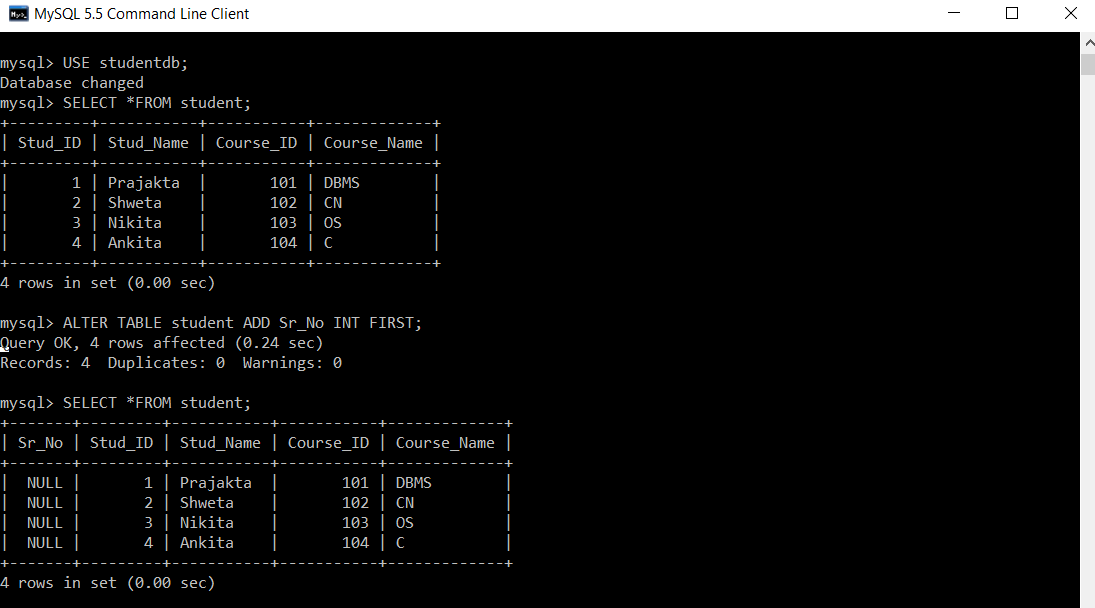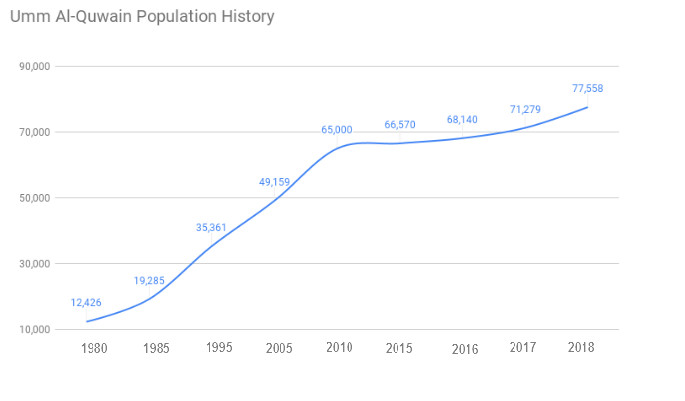We can group the resultset in SQL on multiple column values. All the column values defined as grouping criteria should match with other records column values to group them to a single record. Let us use the aggregate functions in the group by clause with multiple columns. This means given for the expert named Payal, two different records will be retrieved as there are two different values for session count in the table educba_learning that are 750 and 950. The group by clause is most often used along with the aggregate functions like MAX(), MIN(), COUNT(), SUM(), etc to get the summarized data from the table or multiple tables joined together.
Grouping on multiple columns is most often used for generating queries for reports, dashboarding, etc. Group by is done for clubbing together the records that have the same values for the criteria that are defined for grouping. When a single column is considered for grouping then the records containing the same value for that column on which criteria are defined are grouped into a single record for the resultset. GROUP BY enables you to use aggregate functions on groups of data returned from a query.
FILTER is a modifier used on an aggregate function to limit the values used in an aggregation. All the columns in the select statement that aren't aggregated should be specified in a GROUP BY clause in the query. Group and Aggregate by One or More Columns in Pandas, Grouping by Multiple Columns It's simple to extend this to work with multiple grouping variables. Say you want to summarise player age by team AND position. You can do this by passing a list of column names to groupby instead of a single string value. Notice that the output in each column is the min value of each row of the columns grouped together.
I.e in Column 1, value of first row is the minimum value of Column 1.1 Row 1, Column 1.2 Row 1 and Column 1.3 Row 1. The GROUP BY clause is a SQL command that is used to group rows that have the same values. The GROUP BY clause is used in the SELECT statement . Optionally it is used in conjunction with aggregate functions to produce summary reports from the database. That's what it does, summarizing data from the database. Pandas comes with a whole host of sql-like aggregation functions you can apply when grouping on one or more columns.
This is Python's closest equivalent to dplyr's group_by + summarise logic. Here's a quick example of how to group on one or multiple columns and summarise data with aggregation functions using Pandas. Sometimes we may require to add group by with multiple columns, if we have mysql query then we can do it easily by using sql query.
But if you want to give multiple columns in groupBy() of Laravel Query Builder then you can give by comma separated values as bellow example. To be perfectly honest, whenever I have to use Group By in a query, I'm tempted to return back to raw SQL. I find the SQL syntax terser, and more readable than the LINQ syntax with having to explicitly define the groupings. In an example like those above, it's not too bad keeping everything in the query straight.
However, once I start to add in more complex features, like table joins, ordering, a bunch of conditionals, and maybe even a few other things, I typically find SQL easier to reason about. Once I get to the point where I'm using LINQ to group by multiple columns, my instinct is to back out of LINQ altogether. However, I recognize that this is just my personal opinion. If you're struggling with grouping by multiple columns, just remember that you need to group by an anonymous object.
SQL GROUP BY multiple columns This clause will group all employees with the same values in both department_id and job_id columns in one group. The following statement groups rows with the same values in both department_id and job_id columns in the same group then returns the rows for each of these groups. However, MySQL enables users to group data not only with a singular column for consideration but also with multiple columns. We will explore this technique in the latter section of this tutorial. To summarize, when we try to group by considering multiple columns, we can get a result wherein the grouping of column values is done concerning more than one column along with a grouping criteria. We can observe that for the expert named Payal two records are fetched with session count as 1500 and 950 respectively.
Similar work applies to other experts and records too. Note that the aggregate functions are used mostly for numeric valued columns when group by clause is used. The above MySQL statement returns the sum of multiplication of 'receive_qty' and 'purch_price' from purchase table for each group of category ('cate_id') . SQL, Yes, it is possible to use MySQL GROUP BY clause with multiple columns just as we can use MySQL DISTINCT clause.
Consider the following example in which we have used DISTINCT clause in first query and GROUP BY clause in the second query, on 'fname' and 'Lname' columns of the table named 'testing'. MySQL query to GROUP BY multiple columns MySQL MySQLi Database You can use IF() to GROUP BY multiple columns. If you've used ASP.NET MVC for any amount of time, you've already encountered LINQ in the form of Entity Framework. EF uses LINQ syntax when you send queries to the database. While most of the basic database calls in Entity Framework are straightforward, there are some parts of LINQ syntax that are more confusing, like LINQ Group By multiple columns. Often you may want to group and aggregate by multiple columns of a pandas DataFrame.
Fortunately this is easy to do using the pandas.groupby()and.agg()functions. Here, the grouped result data is sorted by the Total Earning of each group in descending order in mysql group by multiple columns. Criteriacolumn1 , criteriacolumn2,…,criteriacolumnj – These are the columns that will be considered as the criteria to create the groups in the MYSQL query. There can be single or multiple column names on which the criteria need to be applied. We can even mention expressions as the grouping criteria. SQL does not allow using the alias as the grouping criteria in the GROUP BY clause.
Note that multiple criteria of grouping should be mentioned in a comma-separated format. Aggregate_function – These are the aggregate functions defined on the columns of target_table that needs to be retrieved from the SELECT query. This method will create a new dataframe with new column added to the old dataframe. We can use a Python dictionary to add a new column in pandas DataFrame.
Use an existing column as the key values and their respective values will be the values for new column. To add multiple columns to a table, you must execute multiple ALTER TABLE ADD COLUMN statements. You can use the ALTER TABLE statement in SQL Server to add multiple columns to a table. Yes, it is possible to use MySQL GROUP BY clause with multiple columns just as we can use MySQL DISTINCT clause. Consider the following example in which we have used DISTINCT clause in first query and GROUP BY clause in the second query, on 'fname' and 'Lname' columns of the table named 'testing'.
The GROUP BY clause divides the rows returned from the SELECTstatement into groups. For each group, you can apply an aggregate function e.g.,SUM() to calculate the sum of items or COUNT()to get the number of items in the groups. If you want to break your output into smaller groups, if you specify multiple column names or expressions in the GROUP BY clause. Output in each group must satisfy a specific combination of the expressions listed in the GROUP BY clause. The more columns or expressions entered in the GROUP BY clause, the smaller the groups will be.
Here is a simple command to group by multiple columns col1 and col2 and get count of each unique values for col1 and col2. In this case, we need to create a separate column, say, COUNTER, which counts the groupings. Python pandas library makes it easy to work with data and files using Python. Often you may need to group by specific columns in your data. In this article, we will learn how to group by multiple columns in Python pandas.
Then join this data back to your original data on the application reference field and uncheck the columns of the old date fields just leaving the min and max columns to take their place. In SQL, a view is a virtual table based on the result-set of an SQL statement. The fields in a view are fields from one or more real tables in the database. You can add SQL functions, WHERE, and JOIN statements to a view and present the data as if the data were coming from one single table. In this power bi tutorial, we learned power bi sum group by multiple columns.
And also we discussed the below points power bi sum group by two columns using power query. It's simple to extend this to work with multiple grouping variables. When I was first learning MVC, I was coming from a background where I used raw SQL queries exclusively in my work flow.
One of the particularly difficult stumbling blocks I had in translating the SQL in my head to LINQ was the Group By statement. What I'd like to do now is to share what I've learned about Group By , especially using LINQ to Group By multiple columns, which seems to give some people a lot of trouble. We'll walk through what LINQ is, and follow up with multiple examples of how to use Group By. Notice that each group row has aggregated values which are explained in a documentation page of their own. When the group is closed, the group row shows the aggregated result. When the group is open, the group row is removed and in its place the child rows are displayed.
To allow closing the group again, the group column knows to display the parent group in the group column only . In this example, the GROUP BY clause divides the rows in the payment table by the values in the customer_id and staff_id columns. For each group of , the SUM() calculates the total amount. You can use the GROUP BYclause without applying an aggregate function. The following query gets data from the payment table and groups the result by customer id. In this short article, we have learnt how to easily group data by multiple columns in Python pandas.
A join is an SQL operation performed to establish a connection between two or more database tables based on matching columns, thereby creating a relationship between the tables. The type of join a programmer uses determines which records the query selects. We can use HAVING clause to place conditions to decide which group will be the part of final result-set. Also we can not use the aggregate functions like SUM(), COUNT() etc. with WHERE clause.
So we have to use HAVING clause if we want to use any of these functions in the conditions. In the below screenshot, you can see the power bi sum group by multiple columns. As we can see, the output groups both the columns stu_firstName and stu_lastName. Therefore, the GROUP BY statement can be used efficiently with one or multiple columns with the methods mentioned above. The MySQL GROUP BY command is a technique by which we can club records together with identical values based on particular criteria defined for the purpose of grouping. When we try to group data considering only a single column, all the records that possess the same values on which the criteria is defined are coupled together in a single output.
If you want to write c# linq group by multiple columns count, you can modify as shown below. Or you can write linq group by multiple columns to list in c# as shown below. This post show you how to use linq group by multiple columns in c#. Before we use Group By with multiple columns, let's start with something simpler. Let's say that we just want to group by the names of the Categories, so that we can get a list of them. What we've done is to create groups out of the authors, which has the effect of getting rid of duplicate data.
I mention this, even though you might know it already, because of the conceptual difference between SQL and LINQ. I think that, in my own head, I always thought of GROUP BY as the "magical get rid of the duplicate rows" command. What I slowly forgot, over time, was the first part of the definition. We're actually creating groups out of the author names. The statement clause divides the rows by the values of the columns specified in the GROUP BY clause and calculates a value for each group.
First, select the columns that you want to group e.g., column1 and column2, and column that you want to apply an aggregate function . I got data where need to group by Application reference,then milestone names and select min of started on in one columns and max of completed on in another columns with Multirow formula tool. Once group is created, HAVING clause is used to filter groups based upon condition specified. Write a Pandas program to split a dataset to group by two columns and count by each row. Here we will see Power bi sum and group by multiple columns in power bi.
If you select the whole table, Excel will ask you whether you want to ungroup rows or columns. In this post we will give you information about How to group by multiple columns in Laravel Query Builder?. Hear we will give you detail about How to group by multiple columns in Laravel Query Builder?
Can We Use Two Columns In Group By And how to use it also give you demo for it if it is necessary. In this tutorial, you have learned you how to use the PostgreSQL GROUP BY clause to divide rows into groups and apply an aggregate function to each group. The GROUP BY clause divides the rows in the payment into groups and groups them by value in the staff_id column. For each group, it returns the number of rows by using the COUNT() function. In this article, we would like to show you how to use GROUP BY statement with multiple columns in PostgreSQL. The ORDER BY statement in sql is used to sort the fetched data in either ascending or descending according to one or more columns.
By default ORDER BY sorts the data in ascending order. We can use the keyword DESC to sort the data in descending order and the keyword ASC to sort in ascending order. The INNER JOIN selects all rows from both participating tables as long as there is a match between the columns.
An SQL INNER JOIN is same as JOIN clause, combining rows from two or more tables. As you can see in the above output only one group out of the three groups appears in the result-set as it is the only group where sum of SALARY is greater than 3000. So we have used HAVING clause here to place this condition as the condition is required to be placed on groups not columns.
The GROUP BY Statement in SQL is used to arrange identical data into groups with the help of some functions. I.e if a particular column has same values in different rows then it will arrange these rows in a group. Unfortunately, groupby function does not allow you to use multiple table columns, you can only use one table which defined in the function table parameter.
A grouped data frame with class grouped_df, unless the combination of ... And add yields a empty set of grouping columns, in which case a tibble will be returned. Browse other questions tagged sql group-by multiple-columns or ask your own question.



























